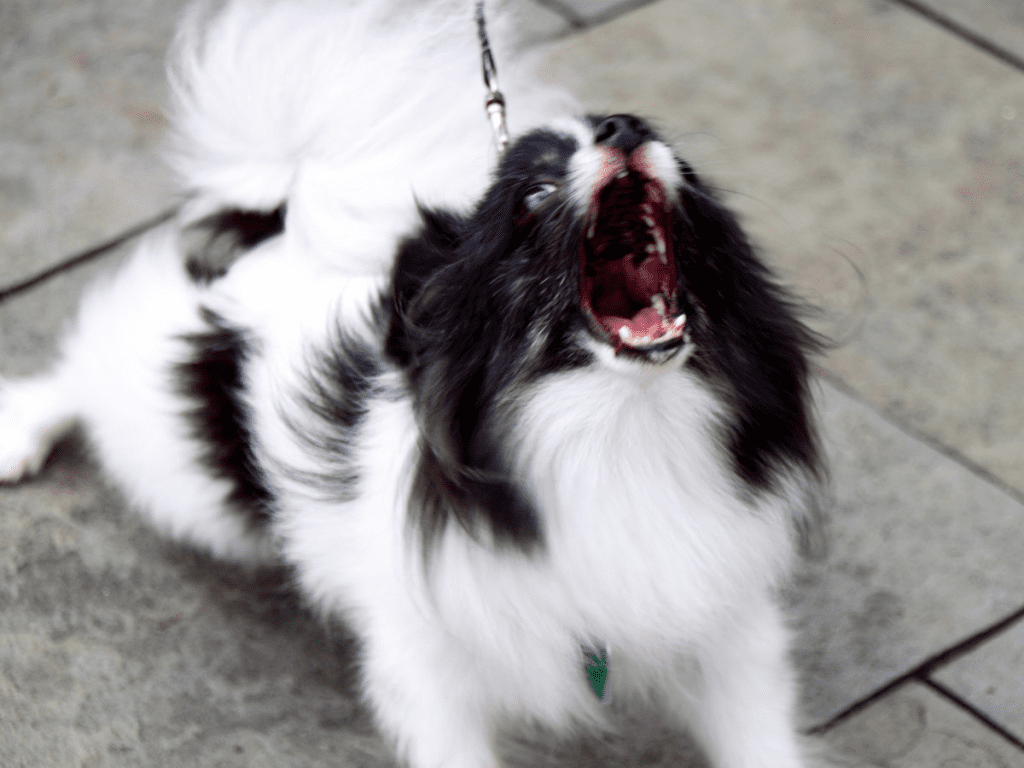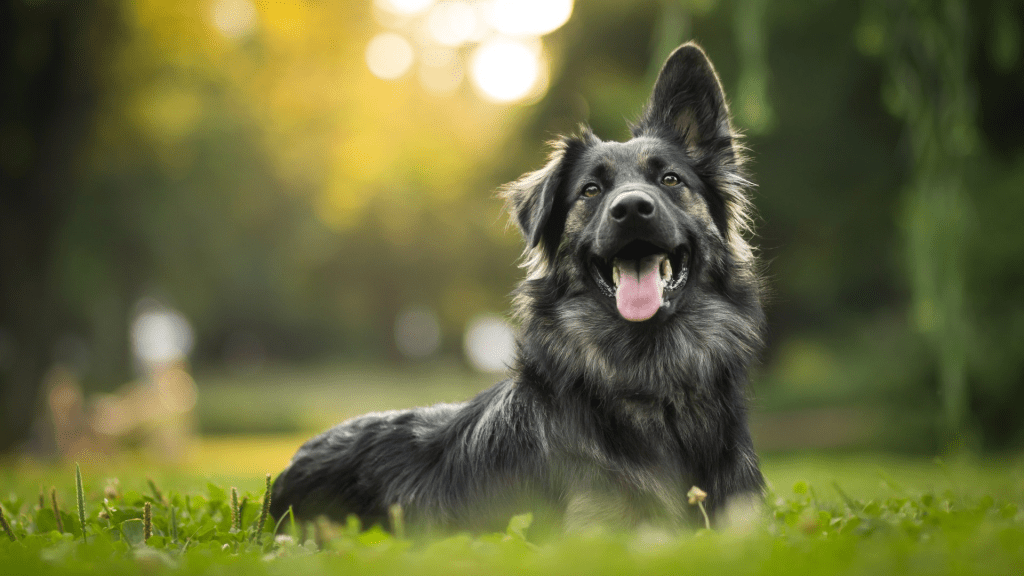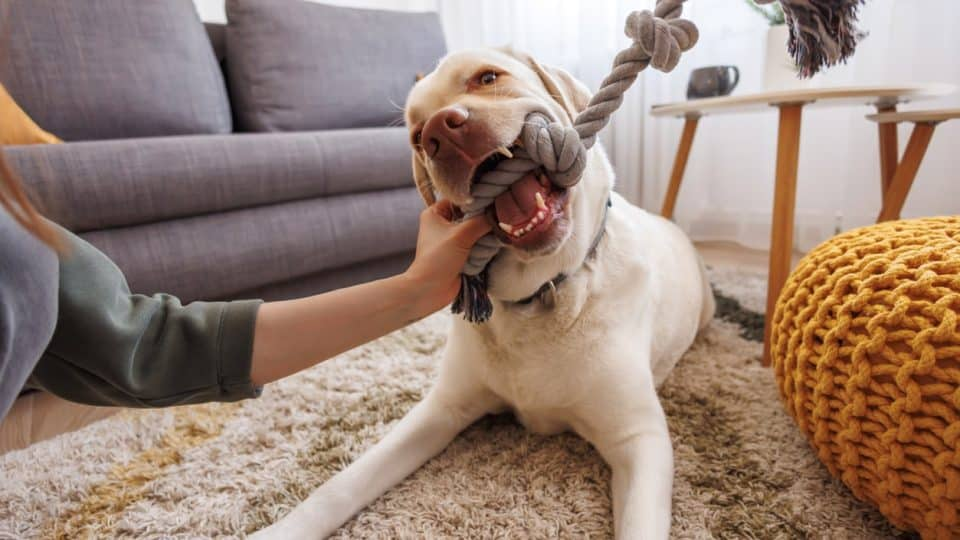If you’ve ever wondered why dogs seem to bark or act aggressively toward certain people while remaining calm around others, you’re not alone. Dogs are intelligent, loyal animals, and their behavior is rarely random. In fact, there are several reasons why dogs may react differently to different individuals. From physical characteristics to past experiences, dogs are influenced by many factors that shape their responses.
1. Dogs Bark When Encountering Something New

One of the most common reasons dogs bark at certain people is because they are encountering something unfamiliar. For a dog, new experiences can be both exciting and alarming. When a dog meets someone new, they rely heavily on their senses—especially smell and sight. This sudden exposure to new scents, appearances, or behaviors can cause the dog to become cautious.
Dogs view unfamiliar things as potential threats, which triggers their barking response. A stranger’s scent, movement, or energy may seem unusual to the dog, prompting them to vocalize their concern.
How New Experiences Affect Dogs
Just like humans, dogs have comfort zones. When a new person steps into their environment, the dog may not know what to expect. This unpredictability can cause nervousness or excitement, leading to barking. Some dogs may bark out of curiosity, while others may do so out of fear or anxiety.
2. Certain Traits Make Dogs Bark More Easily
Believe it or not, some human traits can make a dog feel uneasy and increase the likelihood of barking. Dogs rely on visual cues to assess whether someone is a friend or foe, and certain physical characteristics can trigger a barking response.
Traits That Can Agitate Dogs:
- Hooded hats or sunglasses: These accessories obscure a dog’s ability to read facial expressions, making them feel threatened.
- Facial hair: Thick beards or mustaches can make it difficult for dogs to recognize human emotions or facial features.
- Tall or muscular build: Larger individuals may intimidate some dogs, especially if they’ve had negative experiences with tall or imposing figures.
- Deep or loud voice: A booming voice can sound aggressive to a dog, causing them to react defensively.
- Pointing fingers or direct eye contact: These gestures can come across as confrontational to a dog.
However, not all scents or traits affect dogs. For instance, dogs are generally indifferent to common human smells like shampoo, perfume, or deodorant. But certain unfamiliar behaviors or accessories can definitely make them uneasy.
3. Dogs Protect Their Owners

Dogs are inherently loyal animals with strong protective instincts. One of the main reasons they may bark or act aggressively towards strangers is out of a desire to protect their owner or their home. This territorial behavior is deeply ingrained in many dog breeds.
Protective Instincts
When a stranger approaches, a dog’s first instinct is often to ensure their owner is safe. Barking is their way of signaling a warning and asserting dominance over the perceived threat. This behavior is especially common in dogs that form strong bonds with their owners.
In some cases, dogs may bark at anyone who comes too close to their home or personal space, whether they’re familiar with the person or not.
4. Dogs Can Sense a Person’s Character
Dogs are known for their exceptional ability to read human emotions and behaviors. Studies suggest that dogs can even judge a person’s trustworthiness. This is largely because dogs are keen observers—they notice the smallest details in how people act, especially in relation to their owner.
Judging Trustworthiness
A dog’s judgment may be based on how they’ve seen a person treat their owner or how that person behaves in general. If someone approaches a dog or its owner with kindness, the dog is more likely to trust them. On the other hand, if a person displays negative body language or aggressive behavior, the dog may sense that something is off and react accordingly.
Dogs have an innate ability to pick up on tension, fear, or dishonesty, which is why some dogs seem to have an immediate negative reaction to certain individuals.
5. Past Bad Experiences Shape a Dog’s Behavior

A dog’s past experiences have a profound impact on how they interact with people in the present. If a dog has had a negative encounter with a particular person or someone who shares similar characteristics, they may react defensively or aggressively.
Negative Associations
For example, if a dog was mistreated by someone with a loud voice or a specific scent, they might associate these traits with danger. When they meet someone who resembles the individual from their past, their instinct is to protect themselves, often through barking or growling.
These defensive behaviors are built on memories and can be difficult to overcome without patience and positive reinforcement.
6. How to Prevent Being Bitten by a Dog
No one wants to be in a situation where a dog feels threatened enough to bite. Understanding a dog’s triggers and taking proactive steps to prevent aggressive behavior is essential for both owners and strangers.
Tips for Preventing Dog Bites:
- Treat dogs kindly from a young age: Socialize dogs early, exposing them to various sounds, people, and environments so they become comfortable with new experiences.
- Avoid threatening body language: Refrain from making direct eye contact, pointing fingers, or using aggressive gestures when interacting with a dog.
- Stay calm and quiet: Loud noises or sudden movements can startle a dog. Speak softly and let the dog approach you at its own pace.
- Respect personal space: Always give dogs their space, especially if they are unfamiliar with you. If a dog seems anxious or uncomfortable, take a step back.
- Reward positive behavior: If you’re the owner, reinforce good behavior by rewarding your dog when
By helping dogs become accustomed to new environments and people, owners can reduce the chances of excessive barking or biting. Positive reinforcement plays a huge role in shaping a dog’s behavior, making them more sociable and less reactive to new situations.

Conclusion: Understanding Dog Behavior to Prevent Issues
Dogs bark and bite some people but not others for a variety of reasons. From protective instincts to past trauma, each dog’s behavior is influenced by a unique combination of factors. While barking may seem random at times, it’s often a response to new experiences, unfamiliar traits, or a desire to protect their owner.
By understanding these triggers and treating dogs with kindness and respect, we can prevent negative interactions and create a safer environment for both humans and dogs. Whether you’re a dog owner or simply encountering a dog for the first time, being mindful of their instincts can make all the difference.


